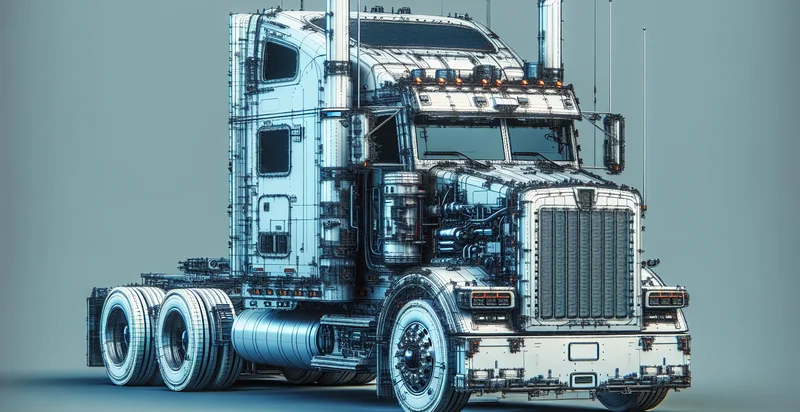Identify box truck make
using AI
Below is a free classifier to identify box truck make. Just upload your image, and our AI will predict what make of box truck it is - in just seconds.


Contact us for API access
Or, use Nyckel to build highly-accurate custom classifiers in just minutes. No PhD required.
Get started
import nyckel
credentials = nyckel.Credentials("YOUR_CLIENT_ID", "YOUR_CLIENT_SECRET")
nyckel.invoke("box-truck-make", "your_image_url", credentials)
fetch('https://www.nyckel.com/v1/functions/box-truck-make/invoke', {
method: 'POST',
headers: {
'Authorization': 'Bearer ' + 'YOUR_BEARER_TOKEN',
'Content-Type': 'application/json',
},
body: JSON.stringify(
{"data": "your_image_url"}
)
})
.then(response => response.json())
.then(data => console.log(data));
curl -X POST \
-H "Content-Type: application/json" \
-H "Authorization: Bearer YOUR_BEARER_TOKEN" \
-d '{"data": "your_image_url"}' \
https://www.nyckel.com/v1/functions/box-truck-make/invoke
How this classifier works
To start, upload your image. Our AI tool will then predict what make of box truck it is.
This pretrained image model uses a Nyckel-created dataset and has 17 labels, including Chevrolet, Class 2, Class 3, Class 4, Class 5, Ford, Freightliner, Gmc, Hino and International.
We'll also show a confidence score (the higher the number, the more confident the AI model is around what make of box truck it is).
Whether you're just curious or building box truck make detection into your application, we hope our classifier proves helpful.
Related Classifiers
Need to identify box truck make at scale?
Get API or Zapier access to this classifier for free. It's perfect for:
- Fleet Management Optimization: Companies with large fleets of box trucks can utilize the false image classification function to quickly identify and categorize different makes of vehicles. This aids in efficiently managing maintenance schedules, insurance needs, and compliance requirements based on the specific features associated with each make.
- Insurance Risk Assessment: Insurance companies can leverage this function to accurately classify box truck makes when assessing risks and determining premiums. By understanding the vehicle's make, insurers can better predict repair costs and safety ratings, leading to more tailored policy offerings.
- Logistics and Routing Efficiency: Logistics firms can implement the function to enhance route planning by categorizing box trucks based on their make and associated capabilities. This allows for optimized load management and allocation of vehicles that are best suited for specific delivery tasks, ultimately improving delivery times and reducing costs.
- Market Analysis and Trends: Automotive manufacturers and market analysts can use this classification function to gather insights on box truck makes trending in the market. This data can inform production strategies and marketing campaigns to better align with consumer preferences and demand shifts.
- Customization and Aftermarket Services: Businesses providing aftermarket services can utilize the classification function to identify the make of trucks they are servicing. This can improve inventory management and help tailor services or parts needed for specific truck makes, ensuring customer satisfaction and operational efficiency.
- Compliance and Regulatory Reporting: Organizations involved in logistics and transportation can use the function to ensure that their vehicle fleet complies with industry regulations related to specific box truck makes. This can streamline audits and reporting processes, reducing the risk of non-compliance fines.
- Real-time Asset Tracking: Companies can integrate the classification function into their fleet tracking systems to gain insights into box truck behavior based on the make. This facilitates real-time tracking and alerts for maintenance needs or anomalies in vehicle performance, ultimately extending the lifespan of the fleet.


